China has been developing its armed forces in an effort to be stronger militarily on the international stage in recent decades. Within its army, the People’s Liberation Army, in 2015, there was the creation of the 5th battalion called the “Strategic Support Force”, with the aim of developing its military force in space and in the digital world.
Increasingly in armed conflicts it is possible to see a movement of actors to attack not only the physical means of supply and survival, but the information bases of satellites, data and operating systems and servers of the countries. These camps can suffer hybrid attacks and leave an entire country “in the dark”, with no possibility of communication and intelligence between different parts of the armed forces and the central command.
These hybrid tactics of war create new vulnerabilities within nations. Thus, more military departments like the People’s Liberation Army Strategic Support Force will be popular and even necessary for the major world powers.

What is the “Strategic Support Force” of the Chinese Army
Created on December 31, 2015, the People’s Liberation Army’s “Strategic Support Force” (SSF) department is part of the Chinese military reorganization for the 21st century.
Focused on increasing their intelligence in space technology, electronic warfare tactics, military intelligence gathering and exchange capabilities, the SSF was created to improve Chinese military capabilities in the new domains of war.
China is in an effort in the last decades to strengthen itself, both in the economic and military sphere. Within the SSF, its main objective is the launch and operation of satellites to provide base and information for the People’s Liberation Army with its command and control capabilities, communications, computers, intelligence, surveillance and reconnaissance.
While the United States and the West were invested in conflicts in the Middle East, other nations, such as Russia and China, saw an open gap to develop military intelligences as advanced as the Western ones. Chinese military strategists noted that Space capabilities and operations are key parts to position itself in future wars.
With technological advances, the information warfare, and space consequently (since the data needs the satellite networks), they are part of a tendency of international conflicts to involve more domains of war and fields of action.
For example, when attacking a country’s digital information network there will be a cut of the entire military communication system. In this way, long-range weapons and battlefield reconnaissance and target marking technologies would be affected and even their counter-attack capabilities would be disabled.
The conflicts will not only be limited to the material field of the traditional wars with bombs, tanks, missiles, but will diversify even more. As hybrid tactics are part of future warlike development and we will increasingly see nations attacking their enemies in space or by cybernetic means.
What is Hybrid Warfare and some examples of its implementation on the recent battlefield (including in the Ukrainian conflict)
Military conflicts are being fought in different fields, that is, in the physical dimension as well as in the digital dimension and in information.
When there is a mixture between the tactics used in war, it is a “Hybrid War” that is under way. It is a form of combat that mixes traditional strategies with the new features that technological advances make possible, through propaganda and cyber attacks, for enemy attack.
For the contemporary scenario of geopolitical relations, the Hybrid Wars open a possibility to fight battles without them scaling to the physical domain because of the means in which it occurs, the internet and space, for example. Moreover, with the use of hybrid tactics, it is difficult to assign the attack. This also makes retribution or counter-attack difficult, as it is difficult to prove who actually perpetrated the initial attack.
These scenarios do not have a monitoring or legislation as clear as in the physical dimensions. Therefore, several countries use this gray area, where it is possible to threaten and attack their enemies without necessarilyharming the image of the aggressor on the international stage.
Fake News, hackers, Deep Fakes, invasions to industrial control systems or crushing down cloud space networks are present in several recent conflicts in history.
Russia is one of the main actors in hybrid attacks, such as the cyber attacks in Estonia in 2007, but with a large list since. Their most recent efforts are focused on Ukraine because of the war they have established, such as creating fake videos of President Zelensky asking his troops to surrender through artificial intelligence to forge identity (such as face and voice) in media.
For the side of Ukraine itself, there was a video released of Vladimir Putin declaring peace, but also using this digital counterfeiting tool.
China also uses the threats that the grey zone allows, as in its conflict with Taiwan and the United States.
What is the future trend of the use of hybrid tactics on the battlefield
The future of wars is the hybrid method. With more ways to attack their enemies without great responsibility, nations will wage their conflicts on different fronts, from the field of territorial warfare to space with their satellites and in cyberspace with their supercomputers.
Wars are no longer just about destroying plants and columns of troops, they are about creating narratives and spreading false information that affect the geopolitical position of the attacked.
The need for advances in intelligence technologies for defense, and even to be able to attack within these dimensions, is increasingly essential in international relations issues.
Creation of Strategic Support Forces such as the People’s Liberty Army will become more popular among countries with greater economic preparation for technological advances, while others who do not upgrade their armed forces will suffer hybrid attacks and will not have tools to defend themselves.
With this addition of new tactics to the war manuals, countries see themselves in need of strengthening their armed forces, and the Strategic Support Force of the Chinese Army is created precisely for this purpose.
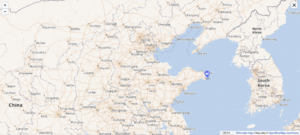





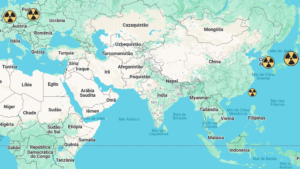

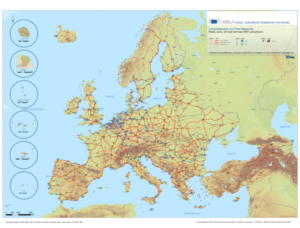
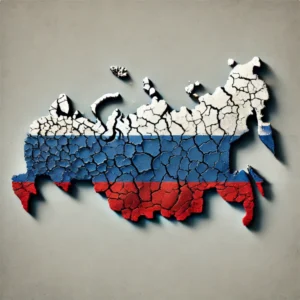
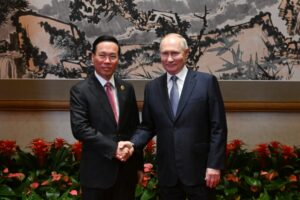






Be First to Comment